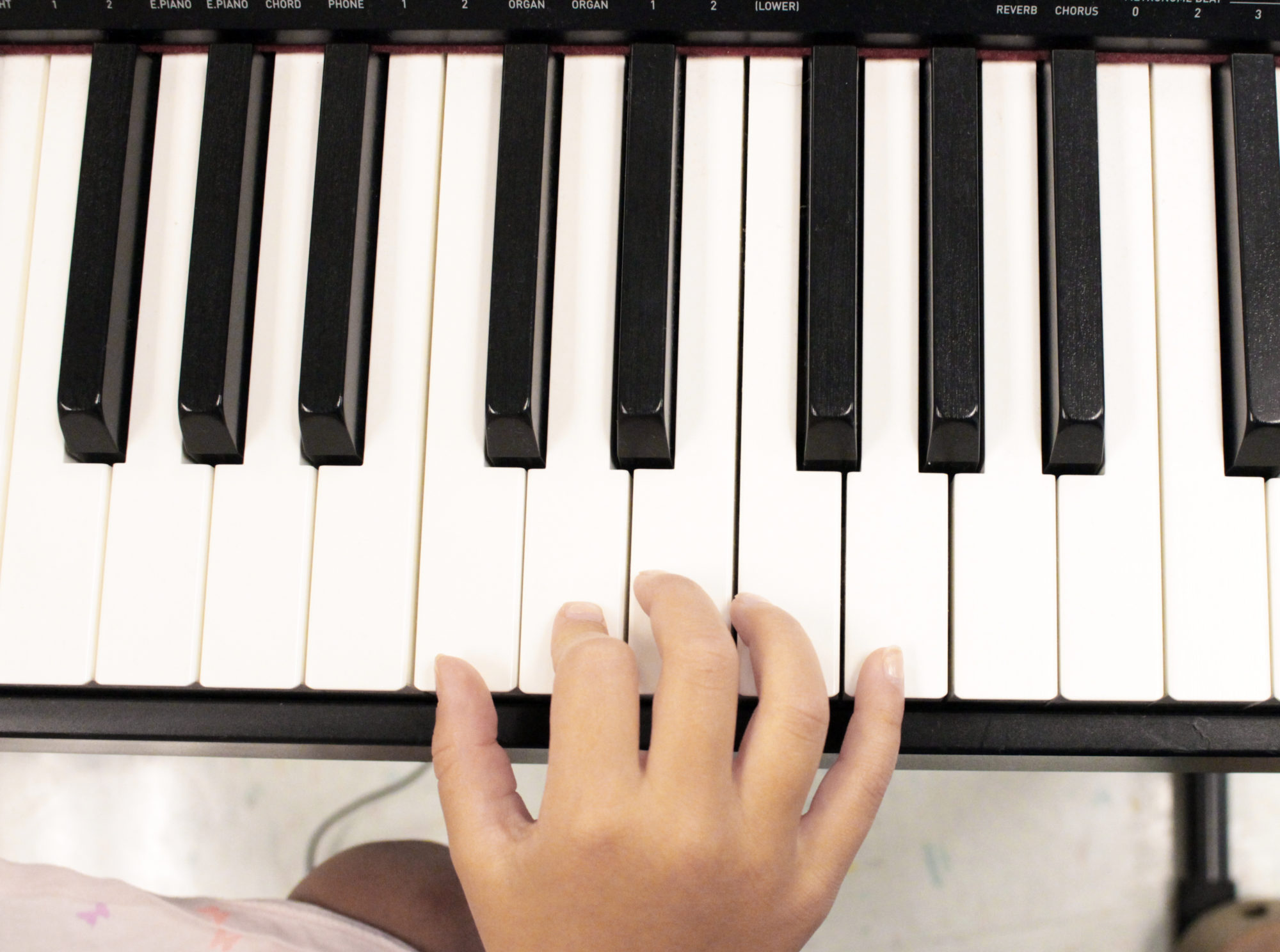 December is a special time of year. One of the most enjoyable parts is Peter Ilyich Tchaikovsky’s ballet, The Nutcracker.
December is a special time of year. One of the most enjoyable parts is Peter Ilyich Tchaikovsky’s ballet, The Nutcracker.
I read my classes Susan Jeffer’s adaptation of the story as an introduction to the story. Here is a link to the book.
 Note for Grownups: I do edit the story, removing the last page or two, ending when Marie awakes, as it aligns better with the Baryshnikov version of the ballet. I also verbally change the word ‘godfather’ to ‘uncle’ during the reading. An important point to make is that the story takes place in Winter, when many cultures around the world celebrate important holidays like Kwanzaa, Hannukah and Christmas. There are also other holidays that are celebrated at other times of the year, similarly to these Winter holidays, like Eid, (thanks, Rian, for explaining that to me).
Note for Grownups: I do edit the story, removing the last page or two, ending when Marie awakes, as it aligns better with the Baryshnikov version of the ballet. I also verbally change the word ‘godfather’ to ‘uncle’ during the reading. An important point to make is that the story takes place in Winter, when many cultures around the world celebrate important holidays like Kwanzaa, Hannukah and Christmas. There are also other holidays that are celebrated at other times of the year, similarly to these Winter holidays, like Eid, (thanks, Rian, for explaining that to me).
Even though the family in this story celebrates Christmas, any other holiday could be substituted without changing the gist of the story much and a story is much more meaningful when it includes something that a child can relate to personally.
Be sure to emphasize the literary concept of showing and not telling in the context of Marie’s falling asleep being the beginning of her dream, which is what the rest of the ballet is. This, along with a reminder that most of the characters are inspired by the toys and puppet show of the party, are particularly helpful for children that get scared of the mouse king.
Table of Contents
There’s a lot of stuff here, so use these links to skip to wherever you left off. My suggestion would be to do one each day, except the ballet, which you could split into two days.

Storybook
Listen to me read the story of the Nutcracker.

The Ballet
Watch the Nutcracker
ballet with me!

Duke Ellington
Compare and Contrast Tchaikovsky's Classical and Ellington's Jazz Nutcracker

Activities
Coloring sheets, written responses and some cool videos. Why not color while you watch the ballet?
Storybook Read Aloud
The Ballet

If you do watch the ballet, make sure to take advantage of the opportunities for movement. The ballroom scenes are wonderful for this as well as the other ensemble dances, (snowflake, mouse, etc). Even some of the individual dances are great for mimicry. Marie’s dance with the nutcracker doll after receiving it is a great opportunity for this.

Note to Grownups:
Watching the ballet each year opens an opportunity to prompt the students to reassess their interpretation of the ballet, both in story and dance. I explain to them that a 2nd grader’s eyes and brain are different from a 1st grader’s or Kindergartener’s. I prompt, for example, 2nd-grade students to be aware of this difference and notice it. One scene where this is obvious is when the toys dance. Kindergarteners will debate whether the dancers are ‘real’ or dancing toys. 2nd graders see them for what they are and are beginning to be capable of appreciating the skill of the dancers. This is an important connection for them.
 1. Overture [1:36]
1. Overture [1:36]
2. Introduction – Start of Act I [3:10]
3. March of the Wooden Soldiers [6:44]
4. 1st Doll Dance [1:02]
5. 2nd Doll Dance [1:23]
6. 3rd Doll Dance [2:25]
7. Nutcracker Dance [6:25]
8. Mice & Soldiers [12:25]
9. Snowflake’s Dance [6:23]
10. Overture – Start of Act Two [5:59]
11. Spanish Dance (Represents Chocolate) [1:17]
12. Chinese Dance (Represents Tea) [1:08]
13. Court Jester’s Dance [2:44]
14. Marzipan Dance [2:42]
15. Russian Dance (Represents Candy Canes) [:57]
16. Flower Dance [7:41]
17. Sugar Plum Fairy Dance [9:09] (Clara/Marie)
18. Finale [4:49]
 During the viewing, there are several opportunities for students to get up and move.
During the viewing, there are several opportunities for students to get up and move.
Opportunities for movement (dance mimicking the dancers on screen):
6:30 -> 9:00 (Ballroom Dance)
16:30 -> (Nutcracker Dance)
19:55 -> 21:15
24:00 -> (Mouse Dance)
36:30 -> 40:30 (Dance of the Snowflakes)
48:30 -> 50:15 (Chinese (Sweet) Tea)
50:30 -> 52:50 (Dance of the Jesters)
58:30 -> 61:00 (Dance of the Flowers, Watch beginning)
Duke Ellington's Arrangement
However, the aspect of this rendition that I focus on is that it is a Jazz rendition of The Nutcracker. Jazz is a very important music culturally in America. Jazz was first developed in New Orleans in the early 20th century by immigrants from France, Spain, Africa, the Caribbean and other places around the world. This is truly something that could only happen in America, with its population of immigrants. Jazz is a true musical expression of the American “melting pot.” Because of this, Jazz is widely considered the sound of freedom.
Comparing Tchaikovsky with Ellington in the context of The Nutcracker goes deeper than simply analyzing music. The cultural relevancy must also be explored. To help students do this, I will ask students in 2nd grade and up to use this worksheet to organize their ideas and express them in a written mode.

Activities
Coloring Sheets
Reflection Sheet For Older Students




